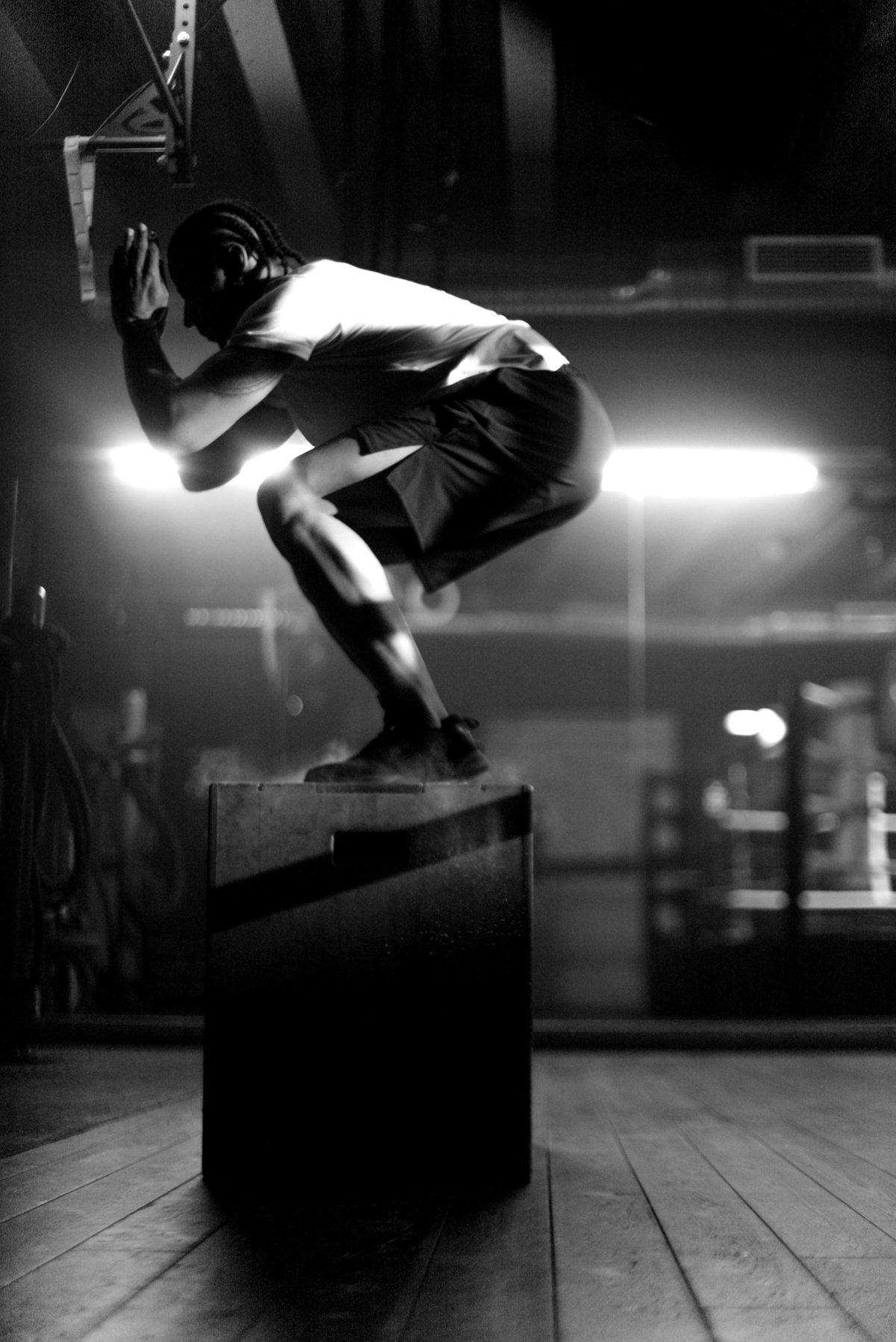There are a few topics in fitness circles that have polarizing sides and can cause major arguments. Sumo vs conventional dead lifts? Is CrossFit dangerous or not? Is butt wink bad? These are all touchy subjects.
Butt wink, as it is so lovingly called, is when someone goes lower into their squat (hopefully after they pass parallel) and their hips rotate and tuck under them. Basically, this allows them to get into a deeper squat position. The controversial aspect is around if butt wink is dangerous, or causes back problems.
If you don’t want to read and learn, here is the short answer. It depends, but most people have some degree of butt wink and are okay.
Here’s the long answer.
Why does butt wink happen?
Basically there are two schools of thought here. The first is that butt wink is an anatomical thing that is more prone to happening to certain people. The other perspective is that butt wink is a mobility issue and can be fixed.
Most people, myself included, fall to the anatomical side. With that said, I do think having better mobility can help. But mobility can only do so much. It can’t move your anatomy.
So what are the anatomical reasons? Believe it or not, people are different. Some people have wider/deeper pelvic bone structure than others. Others have longer/shorter femurs, and the femur head might sit higher or lower on the hip. The femoral neck can also be shorter or longer on some people. Your femur length to torso length ratio also plays a factor.
Basically there are tons of anatomical reasons that a person might have butt wink.
But what about the mobility part?
Like we said, mobility can help you squat in a better position but it can’t do anything to change how your hips are built. Your mobility won’t change your femur to torso ratio.
However, a major player in the mobility game during a squat is your ankles. If the ankles are tight and immobile then a perfect squat is going to be very difficult or maybe not possible. By increasing ankle mobility and range of motion, you’ll be able to squat in a much healthier way.
But is butt wink bad?
It can be. Once again, most people have some degree of butt wink somewhere in a full “ass to grass” squat. That doesn’t automatically make it bad. However, it also doesn’t mean it is totally acceptable for every person. This is especially true if you have lower back issues.
The ‘bad’ part of butt wink is that any time the spine is loaded and rounds then you open yourself up for injury. You might get lucky and be okay for a while but after many many reps where this is allowed to happen, your chances of injury increase.
If a person who does not have any previous lower back issues does a squat with no load (i.e. bodyweight) then the risk is relatively low. But the heavier the weight and the sooner in the squat the butt wink occurs, the more likely there will be lower back problems and pain.
For a person who already has lower back issues, even a bodyweight squat or high reps of bodyweight squats can cause pain.
What to take away
There are a few things to keep in mind.
- Don’t just forget about mobility and blame your butt wink totally on your genetics.
- Video yourself squatting, or have a coach who knows what to look for watch you for multiple reps.
- If you have pain or issues, stop. That is your body’s way of telling you something is wrong.
- Work on increasing your mobility first, before worrying about anything else, unless it is pain.
- Be okay working with some lighter weights while your body is adjusting and breaking bad habits.
How I deal with my butt wink
For me, I get butt wink just below parallel. If I sit all the way into my squat, it is pretty pronounced. My ankle mobility could be better, but I do try and work on it every week. I don’t squat massive weight, or even anywhere near what most other males my age and size do. I don’t have pain or low back issues and generally I feel fine in my squats.
Now, if I were coaching myself here is what I would say: You should focus on improving the ankle mobility and core strength (to help keep the chest up in heavy squats). As long as you don’t have any pain or discomfort you are probably okay to continue just like you have been. But if something does cause you problems, let me know and don’t just think it will go away.
If you have any questions with the squat, butt wink or anything else please let us know. We love to help!

